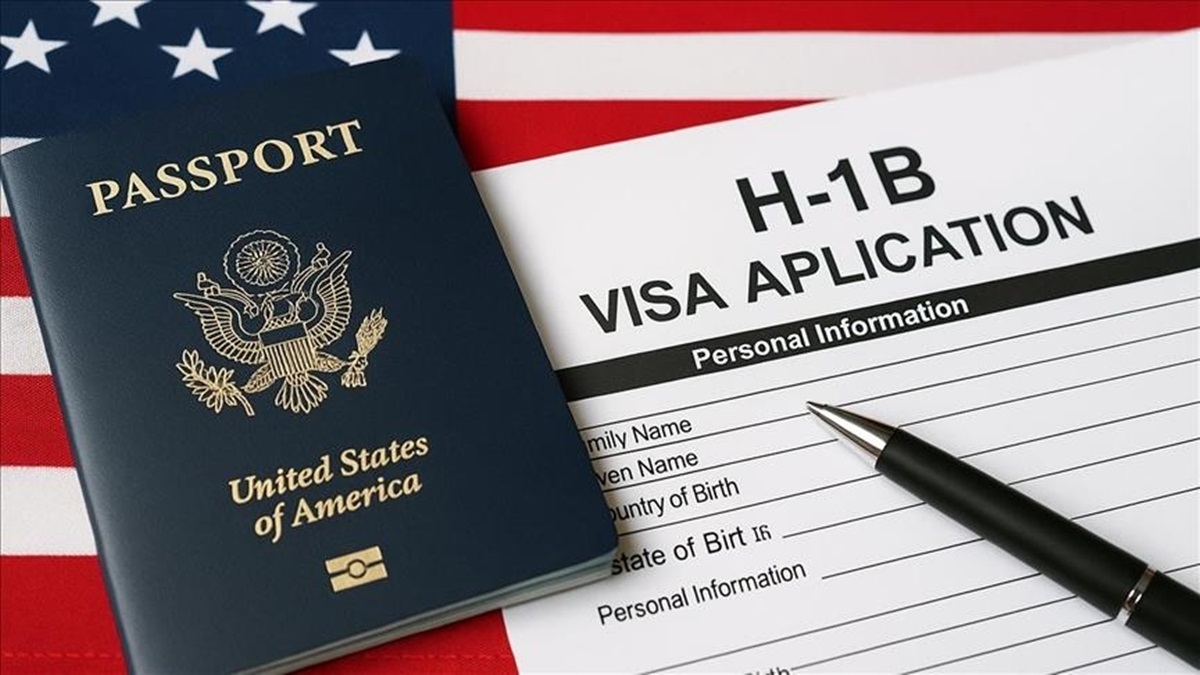For decades, salary was the last great workplace secret. A hushed topic, often taboo, and typically relegated to closed-door negotiations, it was a source of power for employers and a constant source of speculation and anxiety for employees. But in 2025, that era of secrecy is rapidly drawing to a close. Pay transparency has evolved from a niche concept advocated by a few progressive companies to a global movement, driven by a patchwork of new laws, a shifting cultural landscape, and the undeniable force of market demand. While its adoption remains highly uneven across regions, this year marks a pivotal moment where the momentum for open compensation is becoming unstoppable.
From the legislative halls of the United States to the corporate offices of Europe and the burgeoning markets of Asia, the conversation around salary is no longer confined to the performance review. It is now a public, and often required, part of the hiring process. This article explores the varied and often complex ways pay transparency is taking shape across the world, highlighting the key drivers and the challenges that remain.
The American Patchwork of Laws
The United States, with its state-by-state governance, is the epicenter of pay transparency legislation. Instead of a single, nationwide mandate, a mosaic of local and state laws has emerged, each with its own specific requirements and nuances. As of 2025, these laws are not just a possibility; they are a working reality for a growing number of employers.
A prime example is Minnesota, where companies with 30 or more employees must now disclose pay ranges and benefits for all job listings, a rule that took effect on January 1, 2025. Similarly, in New Jersey, comparable requirements went into effect on June 1, 2025. This legal push is not just for major states. The small, New England state of Vermont is also on the front lines, with a law effective July 1, 2025, that requires employers to post pay ranges not only for external job listings but also for internal transfers, a move that aims to promote fairness and equity from within.
Cities, too, are taking the lead. Cleveland, Ohio, for instance, has a law taking effect on October 27, 2025, that requires employers to provide pay details and, crucially, prohibits them from asking a candidate for their salary history. This specific provision aims to address and break the cycle of historic pay gaps by preventing new offers from being tethered to a candidate’s previous, potentially inequitable, compensation.
Despite this robust legislative activity, compliance remains a work in progress. According to data from a source on pay transparency, only about 45% of U.S. job listings are fully compliant, with another 22% being partially compliant. This suggests a significant gap between legal requirements and on-the-ground implementation. Companies are grappling with the logistics, the potential for internal unrest from existing employees, and the challenge of defining fair and accurate ranges. It’s a complex transition, but one that is moving forward steadily. Interestingly, the data also reveals a discrepancy: white-collar jobs tend to show better transparency than their blue-collar counterparts, a possible reflection of varying industry norms, unionization rates, or the competitive landscape for specific skill sets.
Europe Shifts From Ad-Hoc to Mandated
While the United States is navigating a series of local mandates, Europe is preparing for a continent-wide directive that promises to create a more consistent standard. The EU Pay Transparency Directive, set to take effect by mid-2026, will be a landmark piece of legislation. It will require employers to disclose salary information before interviews, a significant change that will empower job seekers and streamline the hiring process. This top-down, unified approach is a marked contrast to the US’s more decentralized legal framework and signals a strong commitment across member states to close the gender pay gap and foster fairer workplaces.
Before this directive, the UK, despite lacking formal legislation, has been a surprising leader in ad-hoc pay transparency. A recent survey found that an impressive 71% of UK job ads already include salary details, a figure that dwarfs the mere 16% found in Germany. This suggests that in the absence of a legal push, market forces and a cultural shift towards openness have driven a de facto standard in the UK. This voluntary transparency may serve as a model for how companies can get ahead of impending mandates, using transparency as a tool to attract top talent and build trust.
The EU’s move is a powerful statement. It not only aligns with a global trend but also leverages the collective influence of the bloc to mandate a significant change. It will be a game-changer for European workers, giving them unprecedented insight into compensation and strengthening their position in salary negotiations.
The Lagging but Shifting Frontier of Salaries in the Asia-Pacific
The Asia-Pacific (APAC) region presents a more complex and varied picture. Overall, the region lags behind the US and Europe. A study shows that in major markets like China, Singapore, Hong Kong, and India, just 14% of organizations share pay information externally. This resistance is often rooted in deep-seated cultural norms where discussions about money are considered private and impolite, a stark contrast to the Western emphasis on individual empowerment.
However, even in this resistant environment, there are clear signs of movement. India, a rising economic powerhouse and a key player in the global tech sector, is bucking the regional trend. According to one source, over 50% of job postings in the country now include salary figures. This surge is not due to a new law but rather to powerful market forces. The fierce competition for talent, particularly in fast-growing sectors like technology and finance, has forced companies to be more transparent to attract the best candidates. For a new generation of Indian professionals, salary transparency is increasingly a baseline expectation, and companies that refuse to disclose pay risk losing out on top talent to more open competitors.
This market-driven evolution in India shows that transparency can take root even without a legal mandate. It demonstrates that as long as there is a clear business case for it, companies will adapt, and old cultural norms will give way to new market realities.
The Broader Implications: A Win for Everyone?
The global move towards pay transparency is fueled by more than just legal compliance. It is part of a larger, fundamental shift in the relationship between employers and employees. For companies, transparency is becoming a powerful tool for attracting talent and improving retention. When pay scales are open, it signals trust and fairness, which in turn leads to a more engaged and committed workforce. It also streamlines the hiring process, reducing the time and resources spent on protracted salary negotiations.
For job seekers and employees, the benefits are even clearer. Transparency helps to close pay gaps, particularly those related to gender, race, and age. It empowers individuals with the information they need to negotiate for fair compensation and provides a clear pathway for career progression.
In summary, 2025 marks a pivotal year in the journey towards global pay transparency. The United States is setting a precedent with its localized legal mandates, while the European Union is charting a course for a unified continental standard. Simultaneously, in the Asia-Pacific region, market forces, particularly in India, are driving change from the ground up. This three-pronged approach—legislative, mandated, and market-driven—confirms that pay transparency is no longer a question of if, but of when and how. While there are still challenges to overcome, the momentum is clear: the future of work is a transparent one.


















